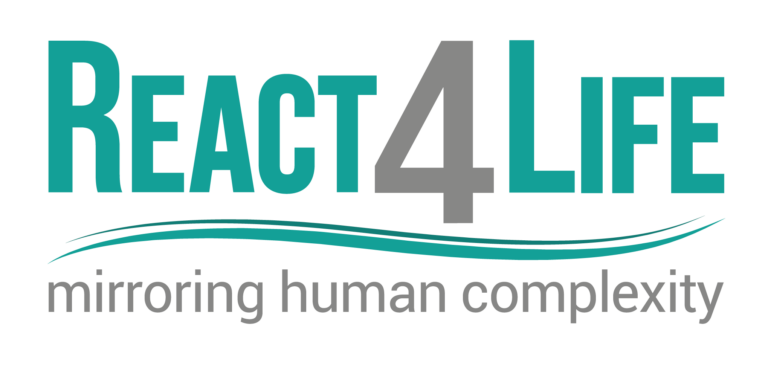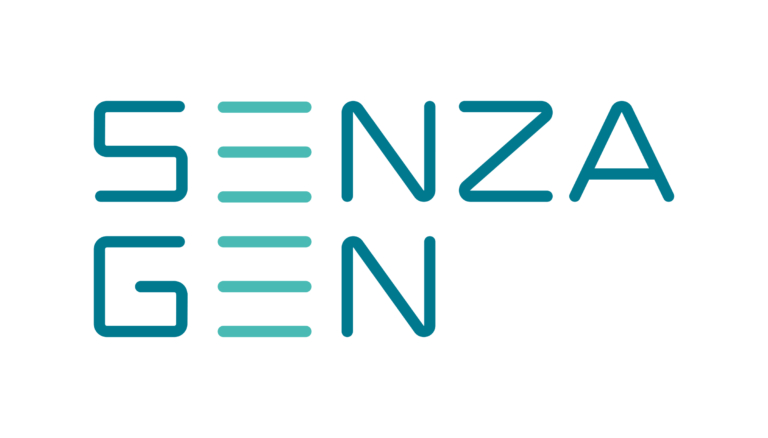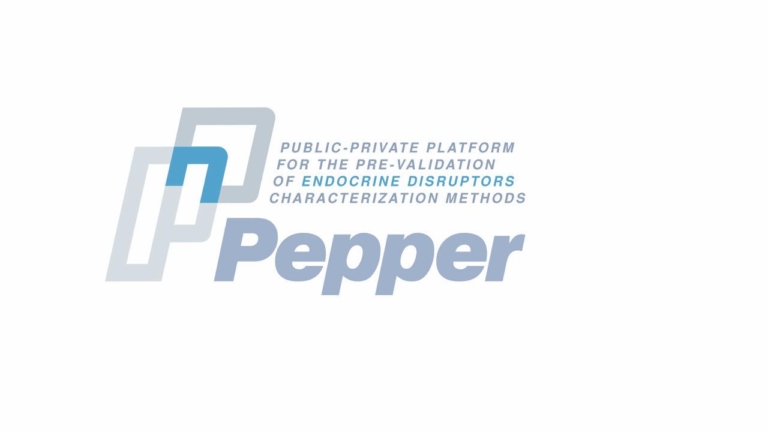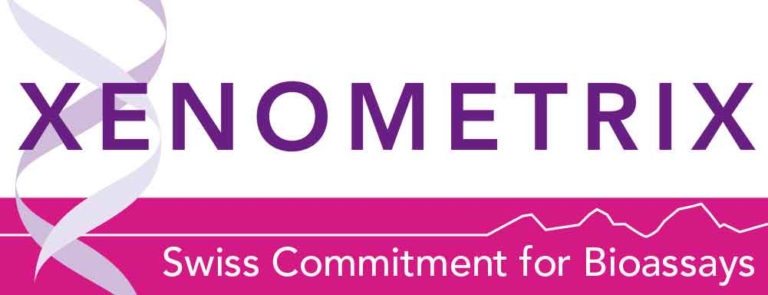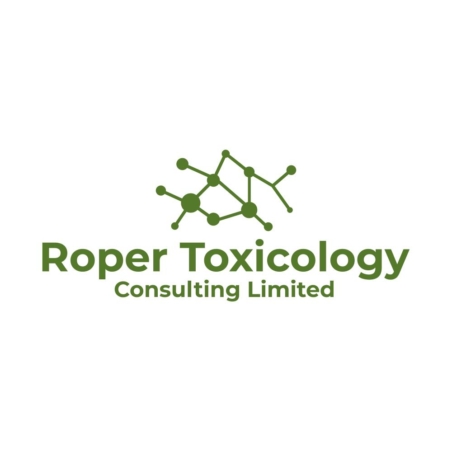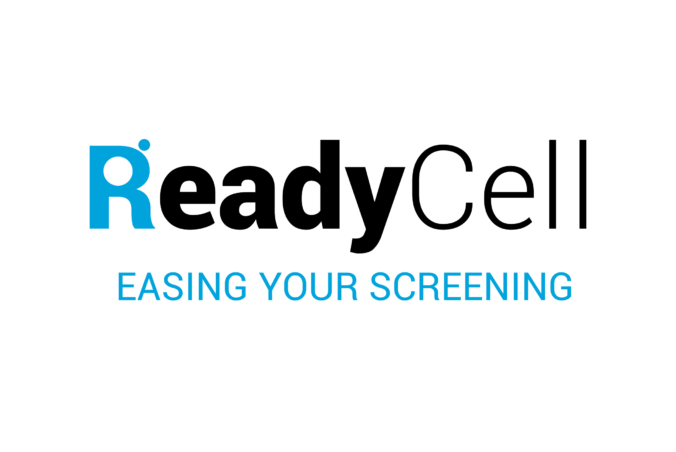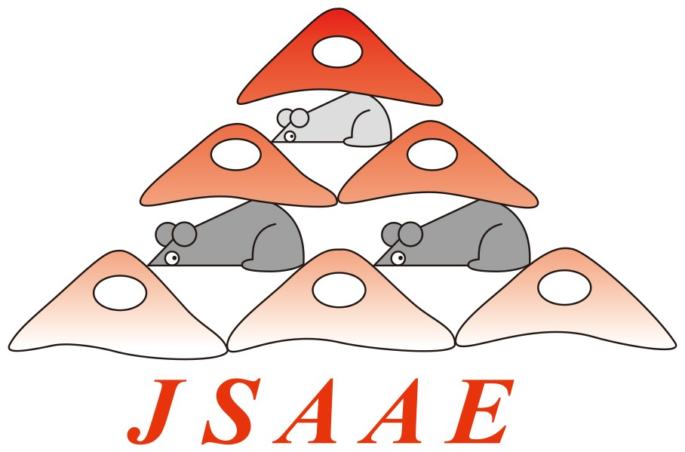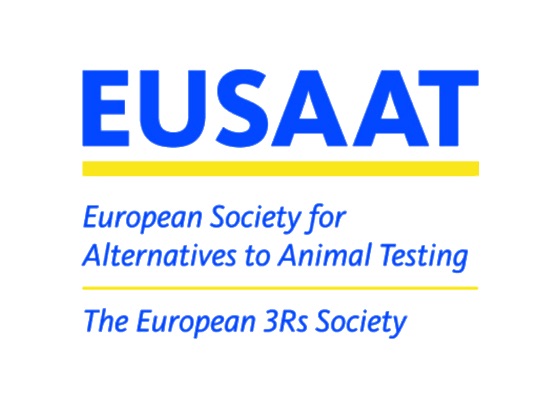Project 1: Utilization of human iPSC derived renal proximal tubular epithelial-like cells for understanding the role of megalin transporter in nephrotoxicity

ESR: Vidya Chandrasekaran
Nationality: Indian
Host Organization: Vrije Universiteit, Amsterdam
Person in charge: Prof. Paul Jennings
email: p.jennings@vu.nl; v.chandrasekaran@vu.nl
Project 2: Generation of a glomerular model from iPSC and application to nephrotoxicity testing
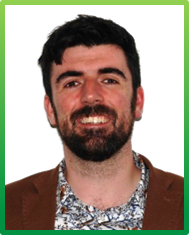
ESR: Cormac Murphy
Nationality: Irish
Host Organization: Vrije Universiteit, Amsterdam
Person in charge: Prof. Paul Jennings
email: p.jennings@vu.nl; c.murphy@vu.nl
Cormac is involved in differentiating induced pluripotent stem cells (iPSC) using a modified, one-step differentiation protocol, developed from the one used by Song et al. 2012. Cormac has generated podocyte-like cells that exhibit the characteristic podocyte foot processess. It was also checked for the expression of podocyte-associated markers podocin, synaptopodin, nephrin and WT1 using immunocytochemistry. The next step will be to co-culture the podocytes with endothelial cells, derived from iPSCs from the same donors, and encourage the formation of a glomerular basement membrane between them, thus completing the three main components of the glomerular filtration barrier. This entirely iPSC derived glomerular model will then be challenged with the in3 test compounds to gain more information on the mechanisms of glomerular toxic reactions and aid in the development of Adverse Outcome Pathways for future regulator assessment.
Potential outcomes:
- An optimised iPSC derived PT differentiation protocol characterised with respect to xenobiotic handling and tissue specific expression and to challenge the models with nephrotoxins
- Investigation of donor specific effects
- Investigation of megalin/cubilin system mediated nephrotoxicity of chemicals and nanoparticles.
- To challenge the optimised system to the in3 compounds and perform mechanistic and kinetic studies
- Deployment of reporter iPSC and testing it with a larger compound set
- To create and challenge a renal AOP with PT cells as the initiating / affected cell
Project 3: iPSC derived endothelial cells

ESR: Zahra Mazidi
Nationality: Iranian
Host Organization: Evercyte GmbH, Vienna, Austria
Person in charge: Prof. Regina Grillari
email: Regina.Grillari@evercyte.com; Zahra.Mazidi@evercyte.com
Zahra is involved in differentiating endothelial cells (ECs) from induced Pluripotent Stem Cells (iPSC) obtained from different donors (one male and one female). She succeeded in establishing protocols to differentiate iPSCs versus ECs. Cells can be banked for further use at later stages at two steps within this differentiation protocol, as endothelial colony forming cells (Vegfr2+), and mature endothelial cells (CD31+). Currently, she is characterizing the functionality of these iPSC derived endothelial cells. The exact mechanism of toxicity on the cells is studied using the 10 selected toxic chemicals, starting with cyclosporin A. As the next step, she will develop endothelial reporter cell lines targeting toxic relevant promoter genes. All this data together will support the development of at least one Adverse Outcome Pathway (AOP) for endothelial cells. Eventually, using these tools, she will have a suitable in vitro model for vascular toxicity studies that due to the source of iPSCs that can be generated from any individual, can be used as a path towards personalized toxicity studies.
Potential outcomes:
- A generic donor-matched endothelial model with specific characteristics and responses
- Investigation of donor specific effects utilising iPSC from donors
- To expose the endothelial model to in3 test compounds for mechanistic and kinetic analysis and modelling
- To create and challenge a vascular AOP
- To create endothelial co-cultures with kidney, liver and lung systems and characterised altered endothelial phenotypes due to cross talk
Project 4: Differentiation of brain like endothelial cells from iPSC and application to BBB toxicity testing and prediction of CNS distribution

ESR: Sara Wellens
Nationality: Belgian
Host Organization:University of Artois, Lens, France
Person in charge: Ass. Prof. Maxime Culot
email:maxime.culot@univ-artois.fr; sara_wellens@ens.univ-artois.fr
Sara is involved in establishing in vitro BBB models from the iPSCs of interest by evaluating different published protocols to differentiate iPSCs into BBB like endothelial cells regarding their expression of endothelial markers, formation of tight barrier and the presence of functional efflux pumps.. This project will involve the optimisation, characterisation and utilisation of induced pluripotent stem cells for the derivation of donor specific podocyte cells. Work will involve cell culture, molecular biology approaches, in vitro toxicity assays and mechanistic toxicology including transcriptomics.
Potential outcomes:
- An iPSC derived BBB differentiation protocol suitable for both toxicity testing and transport studies characterised with respect to xenobiotic handling and tissue specific expression will be challenged with toxic compounds to identify the window of opportunity for exposure
- Investigation of donor specific effects
- To challenge the optimised system to the in3 compounds and perform mechanistic and kinetic studies
- Deployment of reporter iPSC and testing it with a larger compound set
- In collaboration with ERS5 to create a brain AOP and use the mechanistic and kinetic data to challenge and refine the AOP
Project 5: Differentiation of brain cells from iPSC and application to neurotoxicity testing
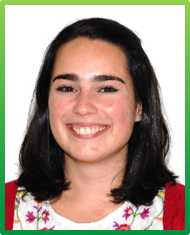
ESR: Carolina Nunes
Nationality: Portuguese
Host Organization: University of Lausanne, Lausanne, Switzerland
Person in charge: Dr. Marie Gabrielle Zurich
email: Marie-Gabrielle.ZurichFontanellaz@unil.ch; carolina.nunes@unil.ch
Carolina is establishing the 3D human brain model that was proposed by Pamies et al, 2017. Briefly, the differentiation of iPSCs into neuroprogenitor cells (NPCs) is induced in 2D culture by using a commercially available medium. Then, the differentiation of NPCs into brain cells is driven by another culture medium, containing trophic factors. Characterization of NPCs and 3D cultures is performed by qRT-PCR, immunohistochemistry and FACS analyses. Results shows the quality of NPCs, as well as the presence of neurons, astrocytes and oligodendrocytes in the 3D cultures. Carolina is involved in developing a protocol to add functional and stable iPSC-derived microglia to the current 3D system in order to obtain a model able to produce a neuroinflammatory response upon toxic exposure. This model will then be used to evaluate neurotoxicity of the in3 compounds, and to develop new quantitative Adverse Outcome Paths.
Potential outcomes:
- An iPSC derived 3D model of the brain suitable for neurotoxicity testing including evaluation of inflammatory response upon toxicant exposure
- Investigation of donor specific effects
- To challenge the optimised system to the in3 compounds and perform mechanistic and kinetic studies
- Deployment of reporter iPSC and testing it with a larger compound set
- In collaboration with Sara (ERS4) to create a brain AOP and use the mechanistic and kinetic data to challenge and refine the AOP
Project 6: Generation of Fluorescent reporter induced pluripotent stem cells (iPSCs)

ESR: Aurore Bourguignon
Nationality: French
Host Organization: Biotalentum, Gödöllö, Hungary
Person in charge: Prof. Andras Dinnyes
email: andras.dinnyes@biotalentum.hu; aurore.bourguignon@biotalentum.hu
Aurore is involved in the incorporation of fluorescent constructs into selected iPSC lines, using CRISPR/Cas9 technology. This will generate fluorescent reporters of toxicity, which can be then be differentiated into toxicologically relevant tissues. A gene within the Nrf2 pathway has been initially targeted. Depending on the progress, multiple labels may be attempted, and other pathways investigated. Then the response of undifferentiated and differentiated iPSC to in3 compounds will be tested in order to compare the responses of the reporter and its parent lineage. The work will therefore involve biomolecular approaches, cell culture and the use of viability assays, stress assays, transcriptomics and kinetic assays.
Potential outcomes:
- Development of iPSCs reporter lines for at least one toxicity pathway (e.g. Nrf2 oxidative stress-induced pathway)
- To challenge the reporter iPSCs with the in3 compounds and compare these results to the parental iPSC lines
- Investigation of donor specific effects
- To transfer the reporters to the other laboratories and to monitor differentiation progress, then perform toxicity studies on these differentiated cells
- To carry out differentiation protocols in house and challenge these cells with a larger compound set in order to investigate transferability, reproducibility, and robustness of the protocols
Project 7: Differentiation of hepatocyte-like cells from induced pluripotent stem cells (iPSCs) and application to hepatotoxicity testing

ESR: Sreya Ghosh
Nationality:Indian
Host Organization: University of Leuven, Leuven, Belgium
Person in charge: Prof. Catherine Verfaillie
email: catherine.verfaillie@med.kuleuven.be; sreyahillol.ghosh@kuleuven.be
Sreya is involved in the improvement of protocols to derive hepatocyte-like cells (HLCs) from iPSCs using combinations of genome engineering to enhance/suppress key transcriptional networks, and achieve more advanced 2D and 3D cultures. These cultures will then be used to investigate uptake, extrusion and metabolism of model compounds and exposed to the in3 test compounds with cell viability measured. The model will also be used to develop the Adverse Outcome Pathway of NASH. Work will involve cell culture, molecular biology approaches, in vitro toxicity assays and mechanistic toxicology.
Potential outcomes:
- An iPSC derived hepatocyte differentiation protocol suitable for toxicity testing
- Investigation of donor specific effects, initially using donors with P-gp mutations
- Deployment of reporter iPSC and testing it with a larger compound set
- To create and challenge liver Adverse Outcome Pathways including steatosis
Project 8: Development of induced pluripotent stem cells (iPSCs)-derived small airway models and application to toxicity testing

ESR: Leonie Fransen
Nationality: Dutch
Host Organization: Public Health England, Centre for Radiation, Chemical and Environmental Hazards, Oxfordshire, United Kingdom
Person in charge: Dr. Martin Leonard
email: martin.leonard@phe.gov.uk; leonie.fransen@phe.gov.uk
Leonie is involved in the optimisation of iPSC-derived small airway models using published protocols. Small airway epithelium (SAE) will be cultured in a monolayer on TransWell inserts to allow for an air-liquid interface (ALI) culture. Macrophages are known to play an important role in small airway toxicity and the possibility to develop co-cultures with SAE will be investigated. Once the protocol is optimized, it will be used for toxicity testing of nanomaterials and in3 test compounds. The cells will be exposed using the VitroCell® cloud 6 system, allowing exposure to nebulized particles and chemicals. Toxicological effects on several differentiated iPSC cell lines will be compared to undifferentiated iPSC cells and primary cell lines to allow for the detection of cell type specific toxicity. This will be carried out using standard biochemical toxicity assays and transcriptional assessment using TempOseq technology. Ultimately these results will be integrated with AOP and in silico activities.
Potential outcomes:
- iPSC derived small airway differentiation protocols in an air-liquid interface suitable for toxicity testing
- Investigation of donor specific effects
- To challenge the optimised system to the in3 compounds and perform mechanistic and kinetic studies
- Deployment of reporter iPSC and testing it with a larger compound set
- To create a pulmonary Adverse Outcome Pathway by conducting a systematic review to identify hazards from chemical and nanomaterial inhalation exposure
Project 9: Development of iPSC derived Conducting Airways and application to toxicity testing

ESR: Ivo Djidrovski
Nationality: Macedonian
Host Organization: Newcells Biotech, Newcastle, United Kingdom
Person in charge: Prof. Lyle Armstrong
email: lyle.armstrong@newcastle.ac.uk; ivo.djidrovski@newcellsbiotech.co.uk
Ivo is involved in the optimisation of protocols for the derivation of donor specific conducting airway epithelium with the necessary multicellular components of ciliated epithelial cells, Clara cells, goblet cells and basal cells. To goal is to assess drug induced systemic lung toxicity. Two different protocols were tested (monolayer and spheroids) with two different iPSC lines (SBAD2 and SBAD3). The cells were differentiated during 45 days and characterized by immunostaining for specific markers. Both protocols gave satisfactory results with likely differentiation into ciliated cells, club cells, clara cells, goblet cells and alveolar type I and type II cells. As the next step, Improvement of differentiation protocol by sorting specific progenitor cells will be performed and optimised for the toxicity testing. Furthermore, the differentiated cells will be tested for the functionality of the cells. Once it is optimised, the cells will be challenged with chemical aerosols and nanoparticles in the air compartment.
Potential outcomes:
- An iPSC derived conducting airway differentiation protocol for systemic lung toxicity testing
- The model will be characterised with respect to drug and nanoparticle handling and tissue specific expression of ciliated epithelia, Clara, goblet, and basal cells. The model will be challenged with toxins and nanoparticles to investigate application to toxicity scenarios and to identify the window of opportunity for exposure
- Investigation of donor specific effects, initially using donors with P-gp SNPs
- Deployment of reporter iPSC and testing it with a larger compound set
- To create and optimise a pulmonary AOP in collaboration with ESR8 working on conducting airways this will involve a systematic review to identify hazards from chemical and nanomaterial inhalation exposure
Project 10: New in silico models for safer chemicals

ESR: Kristijan Vukovic
Nationality: Croatian
Host Organization: Istituto di Ricerche Farmacologiche Mario Negri, Milan, Italy
Person in charge: Prof. Emilio Benfenati
email: emilio.benfenati@marionegri.it; kristijan.vukovic@marionegri.it
Kristijan aims to develop improved in silico models for cosmetics and other substances, with reference to the endpoints of the project. The main goal is to establish a sound basis for the use of QSAR models for the assessment of chemicals, integrating the results several QSAR models for the same endpoint, and taking advantage, when useful, of the results of related endpoints, such as metabolism. Kristijan will acquire the practical skills for using the several QSAR models within different platforms, such as VEGA, EPISuite, Toxtree, TEST, OECD toolbox, CORAL, R and will also evaluate possible integration of different programs within a single platform. New models will be developed, applying software such as SARpy and QSARpy. Kristijan will assess the applicability domain of the best models for the chemicals which will be studied within in3 with the in vitro and in silico models. The results of the in vitro models addressed within in3 will be investigated, in order to extract rules for toxicity and implement them within VEGA (www.vega-qsar.eu).
Potential outcomes:
- New QSAR models with reference to AOPs will be developed, and implemented within VEGA
- Evaluation of other tools for use within the consortium for in vitro and in silico data integration
- Implementation of the tools for chemical safety assessment of project related compounds and models
Project 11: New read across modules for safer chemicals

ESR: Ana Yisel Caballero
Nationality: Cuban
Host Organization: Istituto di Ricerche Farmacologiche Mario Negri, Milan, Italy
Person in charge: Prof. Emilio Benfenati
email: emilio.benfenati@marionegri.it; ana.caballero@marionegri.it
The project aims to develop improved read-across modules, with reference to the endpoints of the project.To learn VEGA, SARpy, QSARpy, IstChemFeat, AMBIT, OECD Toolbox. The main goal is to establish a sound basis for the use of read-across for the assessment of chemicals, and then to integrate the results of the QSAR models with results from read-across. Ana will acquire the practical skills for using read-across, including the software such as ToxRead, AMBIT and OECD toolbox. New modules for read-across will be implemented within ToxRead (www.toxread.eu), and made freely available. The new innovative approach, suitable within a weight-of-evidence perspective, will be made available within the platform ToxRead (www.toxgate.eu).
Potential outcomes:
- New read-across modules which address the AOPs will be developed
- Evaluation of other tools for use within the consortium for in vitro and in silico data integration.
- Implementation of the tools for chemical safety assessment of project related compounds and models.
Project 12: Modelling of quantitative Adverse Outcome Pathways
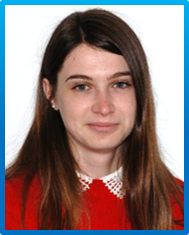
ESR: Nicoleta Spînu
Nationality: Romanian
Host Organization: Liverpool John Moores University, Liverpool, United Kingdom
Person in charge: Prof. Mark Cronin
email: M.T.Cronin@ljmu.ac.uk; N.Spinu@2017.ljmu.ac.uk
Nicoleta is responsible for the modelling of the in3 Project’s AOPs into quantitative AOPs (qAOPs). Pre-existing AOPs were identified by reviewing the Organisation for Economic Co-operation and Development (OECD) AOP Development Programme, specifically the AOP-Wiki Knowledge Base module. This exercise helped to formulate and map AOP networks that represent the complexity of biological and toxicological processes and therefore, the real-world exposure scenarios. The resultant AOP networks were analysed analytically and are used for further computational modelling. Future work covers the formulation of a general framework for qAOP development. Project data (kinetic and mechanistic) will be used to verify and optimise these AOPs and create quantitative relationships. The formalised qAOPs for different organ level toxicities will be placed in a mathematical model framework and coded with e.g. KNIME, R etc. Ultimately a software tool will be developed and combined with the read-across and QSAR models enabling input of both chemical structure and data from the assays for the key events. This integrated modelling approach will enable predictions to be made supported by both relevant chemistry and mechanistic biology.
Potential outcomes:
- Scoping of AOPs for kidney, liver, lung, brain and vasculature system
- Population of AOP constructs with data from existing sources
- Creation of qAOPs with project data
- Modelling mathematically the qAOPs with the possibility to predict potency
- Development of a software tool to combine kinetics, read-across and qAOPs
Project 13: P-glycoprotein modelling: New methodology of combining molecular modelling with in silico models for safer chemicals

ESR: Liadys Mora Lagares
Nationality: Colombian
Host Organization: National Institute of Chemistry, Ljubljana, Slovenia
Person in charge: Prof. Marjana Novič
email: Marjana.Novic@ki.si; liadys.moralagares@ki.si
Liadys is responsible of developing a methodology for improved in silico models including characterization of substrate specificity and P-gp transport of exogenous chemicals. The main goal is to develop in silico approaches that provide rapid and cost-effective screening platforms for the identification of P-gp substrates as well as for their transport characteristics. This will involve pharmacophore modelling and molecular docking aiming to predict P-gp inhibition properties of small drug molecules or pharmacologically-relevant P-gp substrates. This sub-project will combine the outcome of the molecular modelling results with the predictions resulting from QSAR models developed within the project. The in vitro studies performed by project partners will be utilized and compared with the in silico results to generate a two way optimisation.
Potential outcomes:
- Development of an in silico approach that provide a rapid and cost-effective screening platform for the identification and prediction of P-gp substrates, inhibitors and non-active compounds
- Identification of molecular interactions from molecular dynamics and docking studies of P-gp, with substrates relevant in cosmetics and other substances of concern within the project, in order to understand their possible transporting profile on molecular level
- Combination of QSAR prediction results with the molecular modelling outcome in order to integrate in vitro and in silico data
- Implementation of the tools for chemical safety assessment of project related compounds and models
Project 14: In vitro and in vivo biokinetics assessment
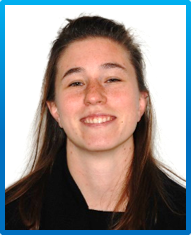
ESR: Susana Proença
Nationality: Portugese
Host Organization: Universiteit Utrecht, Utrecht, The Netherlands
Person in charge: Ass. Prof. Nynke Kramer
email: N.I.Kramer@uu.nl; s.proenca@uu.nl
Susana is currently evaluating current literature models and considerations for in vitro biokinetic assessment. This review will indicate the optimal biokinetic model for the several iPSCs models developed in this project. Simultaneously, biokinetic information (e.g. enzymes involved in the metabolism, possible transporters, specific affinities to cellular organelles) is being collected from literature for an initial set of chemicals chosen to evaluate/characaterized the in vitro models of the project. By integrating the literature information on in vivo buiokinetics, with biokinetic modelling simulations and experimental data on the concentration of the several chemical in medium and cells in time, we will hopefully assess the actual in vitro models sensitiveness. And to compare the intrinsic toxic potencies of a selected group of test chemicals, physiologically based pharmacokinetic (PBPK) models will be developed to estimate human relevant toxic doses from in vitro determined “point of departures”, which have been analysed by ESRs at partner institutions. The ESR will make use of existing PBPK modelling platforms such as the population-based PBPK software SimCyp Simulator® with Mech KiM module to simulate internal tissue/cell concentration/time profiles of test chemicals from external exposure regimes for their accumulation potential in the organs of interest, as well as derive steady state plasma concentrations and daily human oral doses from in vitro effect concentrations. Such modelling platforms allow for the comparison of toxic potencies of the iPSC individuals compared to specific population groups.
Potential outcomes:
- Identification of in vitro system components and physicochemical properties affecting the accumulation of test chemicals over time in iPSC systems
- To provide a proof-of-principle strategy to estimate human NOAEL for organ-specific toxic chemicals
- To develop a whole body PBPK simulation of the test compounds from the different donor backgrounds
Project 15: Data management and Bioinformatics

ESR: Pranika Singh
Nationality: Indian
Host Organization: Douglas Connect, Basel, Switzerland
Person in charge: Dr. Barry Hardy
email: barry.hardy@douglasconnect.com; pranika@douglasconnect.com
Pranika is involved in creating an in3 data base to host external and project data for easy utilisation by all ESRs. A huge amount of data and knowledge generated by different partners needs to be shared, harmonized, and combined with data coming from publicly-available sources and from literature. It will, therefore make it available for use in modelling and bioinformatics workflows. Bioinformatics workflows can then be used to mine this data to uncover enriched pathways providing information on possible mode of actions, specific biomarkers for the toxicity compared on species level and common toxicity-inducing key events like oxidative stress or DNA damage. This will therefore, facilitate the generation of appropriate reporter lines and the development of AOPs. The project will also be aligned to OpenTox activities, bringing best practice on open source and open standards to the project, hence improving on the current fragmented tool culture, improving sustainability and transparency.
Potential outcomes:
- Creation of an optimised data base with toxicogenomic data from large databases
- Bioinformatic analysis of pre-existing data to support decisions for reporter assay generation
- Enriching AOPs with specific knowledge to make them more understandable and usable
- Application of common statistical rules to project data and analysing it for tissue and donor specific effects
- Genomic, proteomics, metabolomics and related pathway enrichment analysis directed towards AOP development
 |
in3 is funded by the Marie Sklodowska-Curie Action – Innovative Training Network under grant no. 721975. |
 The ESTIV Members Area
The ESTIV Members Area